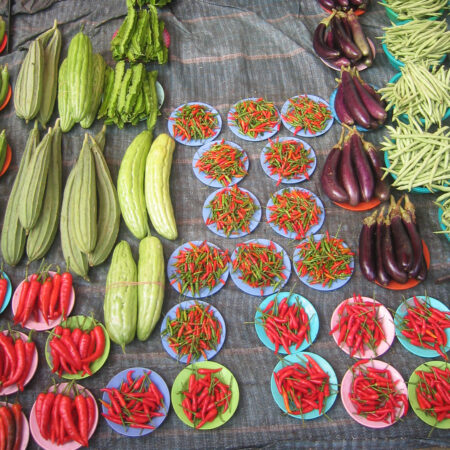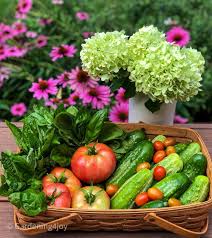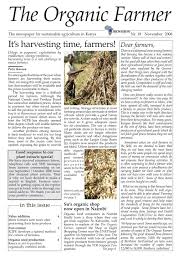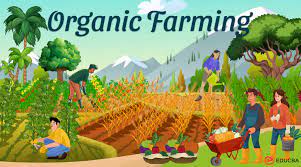
Introduction:
In recent years, agriculture has undergone a significant transformation, thanks to the rapid integration of cutting-edge technologies. One of the most intriguing developments is the rise of agriculture robots. These innovative machines are changing the way we farm, making it more efficient, sustainable, and productive. In this blog post, we’ll delve into the world of agriculture machines, exploring their primary uses, advantages, disadvantages, and the impact they’re having on modern farming practices.
What are Agriculture Robots?
Robots, often called agri-robots, are automated machines designed to perform a variety of tasks on the farm. They leverage technologies such as sensors, artificial intelligence, GPS, and advanced robotics to enhance different aspects of agriculture. These robots can range from autonomous tractors to specialized machines for planting, harvesting, and even monitoring crop health.
Advantages:
- Increased Efficiency: Robots can work around the clock, performing tasks with remarkable precision. They reduce the need for manual labor, saving time and resources.
- Precision Farming: These robots enable precision agriculture by providing real-time data on soil conditions, crop health, and weather patterns. This data-driven approach optimizes resource utilization.
- Labor Shortage Mitigation: With a growing shortage of agricultural laborers, robots fill the gap by taking on labor-intensive tasks, ensuring that crops are planted, cared for, and harvested efficiently.
Disadvantages:
- High Initial Costs: The investment required for agriculture robots can be substantial, potentially limiting adoption for smaller farms.
- Technical Complexity: Operating and maintaining these robots may require specialized skills and knowledge, which can be a barrier for some farmers.
Why are Agriculture Robots Gaining Prominence?
Robots are gaining prominence due to their ability to address some of the most pressing challenges in farming today. They offer solutions to labor shortages, reduce the environmental impact of agriculture, and increase productivity. In a world where sustainable and efficient farming is crucial to feed a growing global population, these robots are becoming indispensable.

Statistics: The Impact of Agriculture Robots
- According to a report by Research and Markets, the global agricultural robots market is expected to grow at a CAGR of 21.5% from 2021 to 2026.
- The Association for Advancing Automation (A3) reported that sales of agricultural robots in North America increased by 40% in 2020, indicating rapid adoption.
- A study by the World Economic Forum estimates that the use of agricultural drones and robots could reduce agricultural chemical use by 90%, leading to substantial environmental benefits.

Conclusion
Robots are at the forefront of a technological revolution in farming. With their ability to enhance efficiency, promote sustainability, and address labor challenges, they are poised to play a pivotal role in the future of agriculture. While there are challenges to overcome, the advantages they offer cannot be ignored. As technology continues to advance, we can expect even more innovative solutions from the world of agriculture robots, further transforming the way we produce food.








